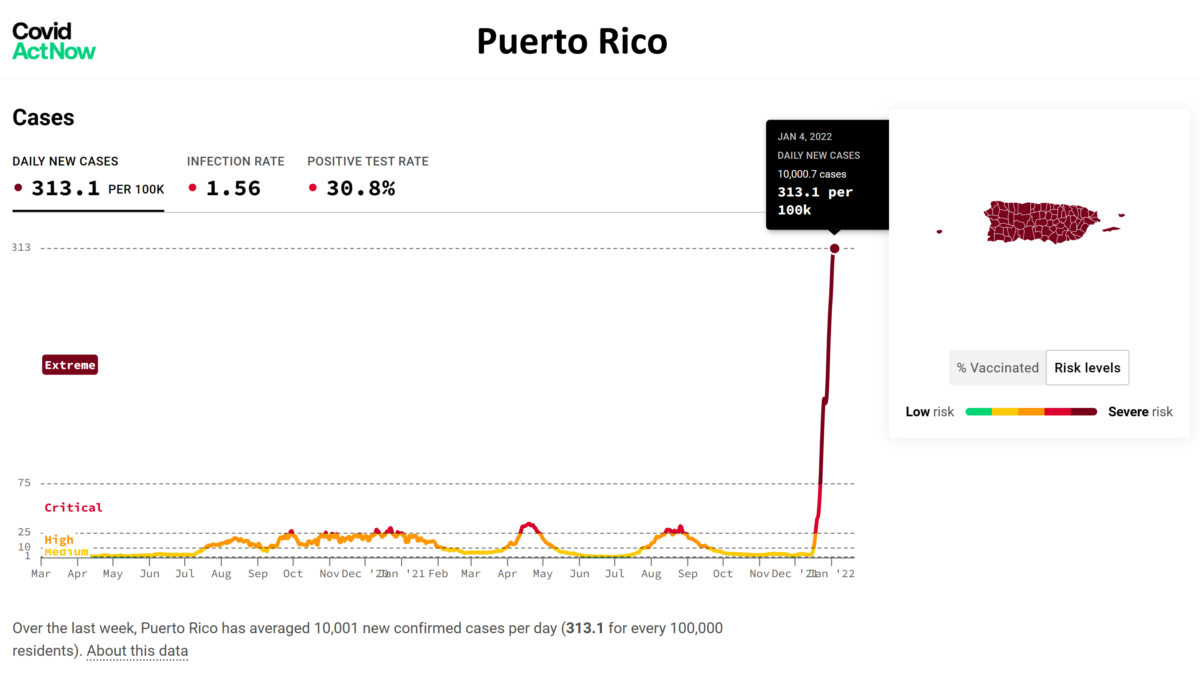Kenya: A lake lies on its deathbed
By WANJIRU MACHARIA
Posted Tuesday, December 8 2009 at 22:00 The short rains that pounded the larger Nakuru District for a few days in August, September and November were greeted with a sigh of relief. For a while, residents and tourists marvelled at the replenished Lake Elementaita that had dried up due to the long drought, destruction of its catchment area and the effects of the much publicised climate change. But their joy was short-lived, as the lake, home to thousands of lesser flamingoes, is on its deathbed again, with more than 80 per cent of it having dried up. Other lakes such as Nakuru, Naivasha, Baringo, Solai, Bogoria and Turkana, all in the Rift Valley, have also been affected although Elementaita is the worst hit due to its shallowness. For years, the bright pink lake gave travellers using the Nairobi highway a great view through the dry scrubland that stretches from Naivasha Town to Nakuru. … But that was over a year ago as the protracted drought drained the lake after the rivers that replenish it dried up. The lake is almost no more. The former expanse of water has been reduced to a puddle at the lake centre, where a few hundred determined birds still huddle to get their last pecks at the fast declining marine organisms that form their diet. Motorists still look out of their windows, not with awe any more, but with a tinge of sadness to see what man can do to the environment. And they are not alone. Scientists and conservationists are similarly alarmed and view the drying up of the lake as a major blow to an important ecosystem that is both a treasured national heritage and a major tourist attraction. …

